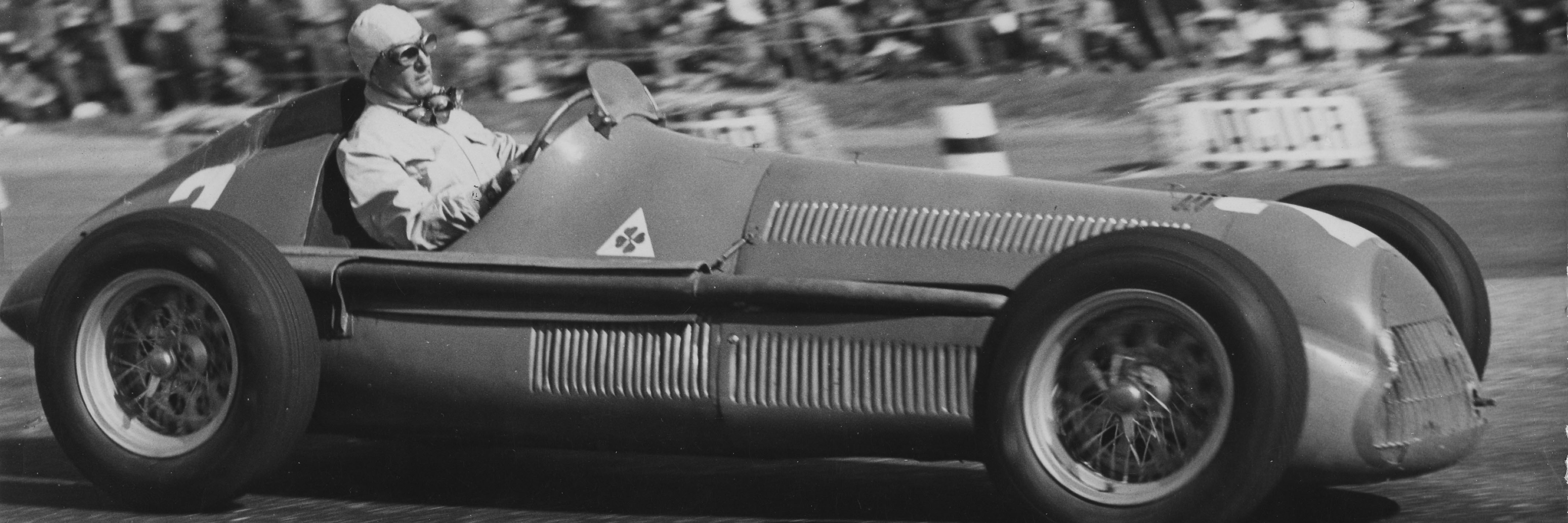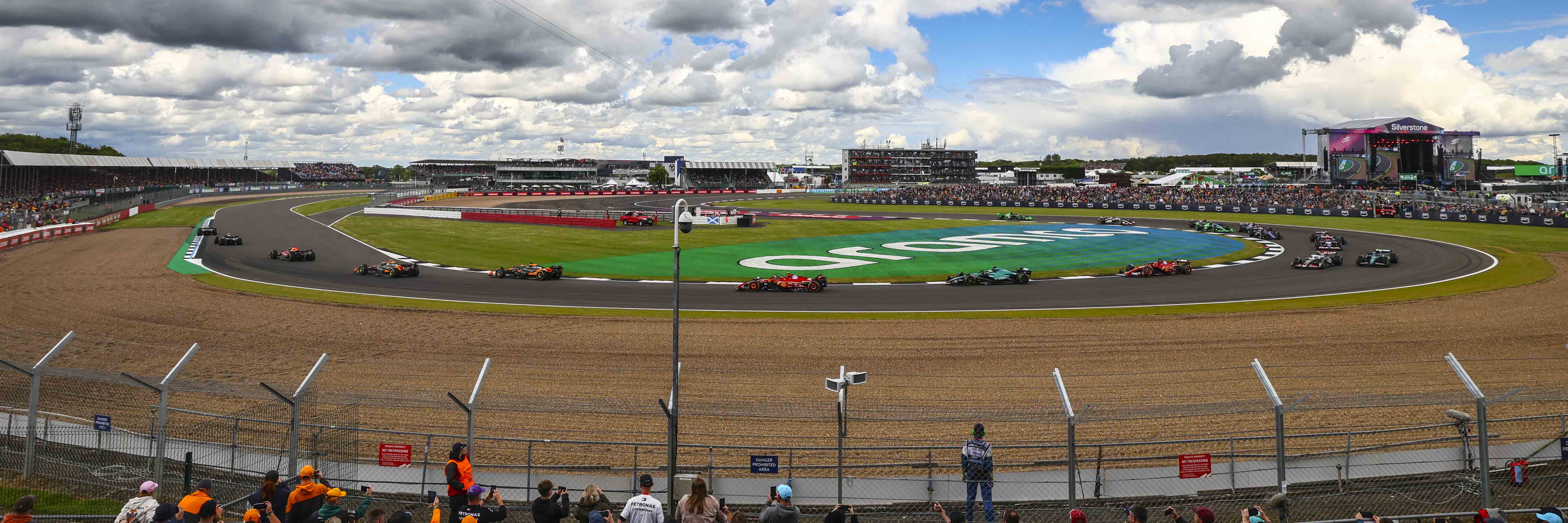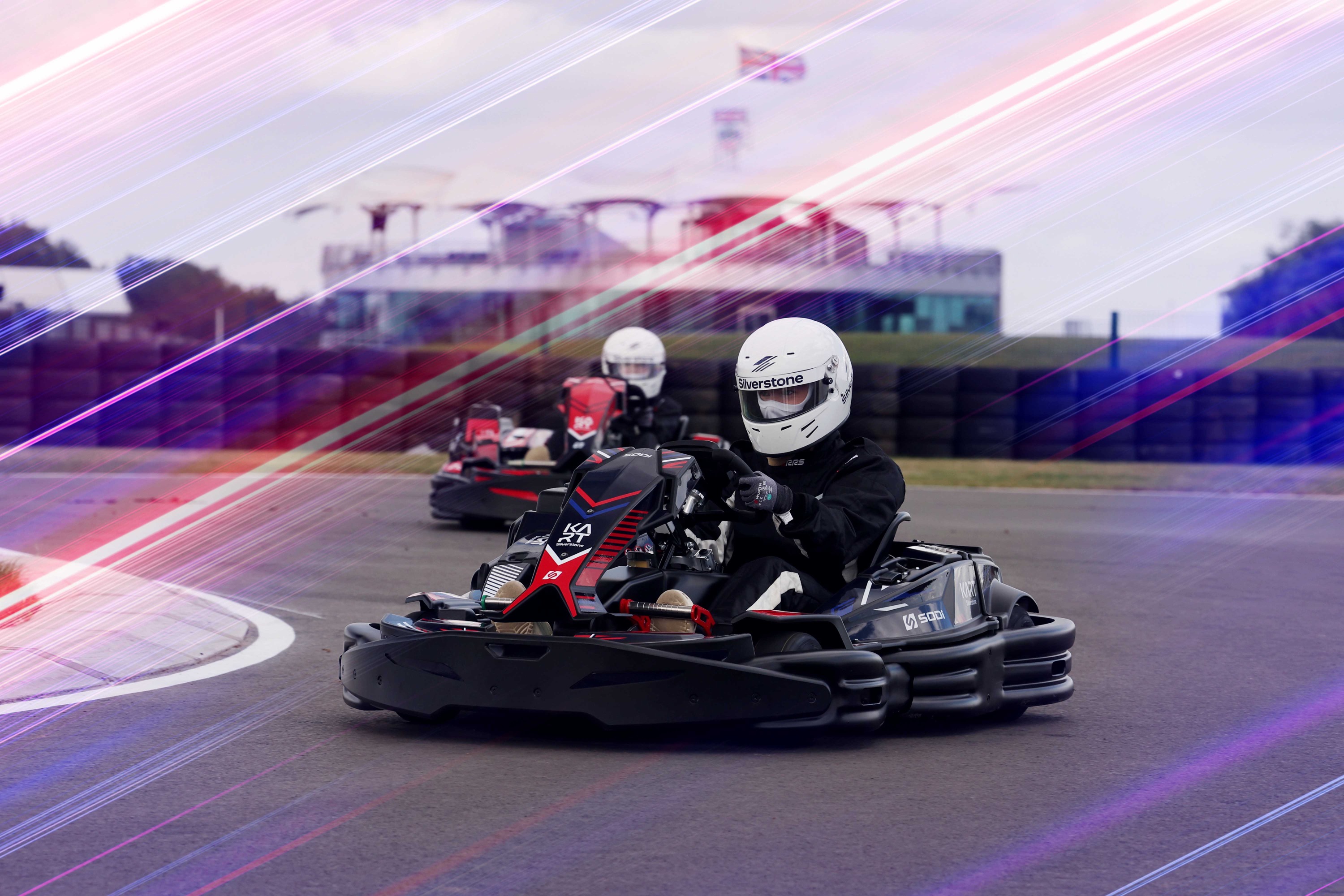
Silverstone’s 75-year journey: F1 in 1950 vs 2025
01 July 2025On 13 May 1950, an estimated crowd of 120,000 spectators – including His Royal Highness King George VI, Queen Elizabeth and Princess Margaret – gathered at a former air base in Northamptonshire to witness the dawning of a new era in motorsport: the first-ever Formula 1 World Championship race, the British Grand Prix at Silverstone.
Fast forward to 2025, and the pinnacle of motorsport still races on that same patch of tarmac – albeit reconfigured – and returns for the latest iteration of the British Grand Prix.
In the 75 years since F1’s historic debut, the sport has evolved from ex-pilots in goggles to global superstars in biometric fireproof suits. But at its core, the goal remains the same: to beat the best in the world and to secure the ultimate prize in motorsport, to become Formula 1 World Champion.
Here’s how Formula 1 and Silverstone have transformed over three-quarters of a century.
The cars: From hand-built brutes to technological masterpieces
The 1950 Alfa Romeo 158, which carried Dr Giuseppe ‘Nino’ Farina to the first-ever F1 race victory, was a front-engined, supercharged machine producing around 350bhp.
Built on a steel tubular frame with aluminium panels and drum brakes, remarkably it was already 12 years old by race day, but still neat all its competitors to the win.

Compare that to the aerodynamically sculpted 2025 McLaren MCL39 that produces over 1,000bhp from a turbocharged, hybrid-powered 1.6-litre V6 engine with advanced energy recovery systems and the technological advancements speak for themselves.
The MCL39 weighs around 800kg (driver included) compared to the 158’s 706kg and accelerates from 0-60mph in just over two seconds, whereas the Alfa did it in around four.
The McLaren also features eight-speed seamless gear shifting (the 158 had just four on a H-pattern), brake-by-wire technology, and generates mind-boggling downforce that enables cornering forces of up to 5g.
The drivers: From amateur heroes to high-performance athletes
In 1950, the average age of F1 drivers was 39, with three of the drivers on the grid for the British Grand Prix in their 50s and the youngest out there being 29.
It was very much a hobby for many of the competitors back then. Among the entrants were aristocrats, doctors and jazz musicians.
In 2025, F1 drivers are elite athletes. Most began karting before the age of 10 and the average age on the current grid is far lower at 27.
Training is almost year-round. Diets are meticulous. They are dedicated to motorsport for much of their early lives. Lewis Hamilton is fast approaching his 20th season in F1.
The teams: From back-of-a-van outfits to million-dollar giants
Back in 1950, Alfa Romeo arrived with four cars and a dozen mechanics. There were just two works teams (Alfa and Talbot) while privateers made up much of the grid, with one, maybe two mechanics working on their cars.
Today, F1 teams are multinational operations. The likes of McLaren, Mercedes, Ferrari and Red Bull field hundreds of staff trackside and hundreds more working remotely. Some teams have over a thousand people at their disposal in 2025.
The track: A former airbase turned world-class facility
In 1950, Silverstone’s layout followed the airfield’s perimeter roads on a high-speed 2.987-mile blast past hay bales and oil drums. The cars were tinkered with and repaired on grassy knolls in the paddock, and the pit lane was separated from the 150mph start/finish straight by a line of white paint. A far cry from the world-class paddock and Wing building of today.
Several of the original circuit’s most memorable sections remain, though. Woodcote, Copse, Becketts, Stowe and Club all hark back to a bygone era.
Today’s Silverstone circuit spans 3.660 miles of ultra-fast sweeping curves and tight technical sectors. In 2010 and 2011, a track redesign and construction of the iconic Wing building made the venue one of the most advanced circuits in the world.

The racing: Then vs now
Farina won the 1950 race at a canter after two hours and 13 minutes, with Luigi Fagioli just 2.6 seconds back and Reg Parnell crossing the line some 52 seconds later.
Reliability was a defining factor, with half the grid retiring. Of those that did finish, just the podium finishers were on the lead lap.
At last year’s British Grands Prix, Max Verstappen pushed Lewis Hamilton to the line, with just 1.4 seconds separating the pair. With the increased speeds of modern F1, the race itself was almost an hour shorter having taken an hour and 22 minutes.
The reliability of modern racing has had a dramatic impact too. Just two drivers went unclassified and 12 of the remaining 18 finished on the same lap as the leader.
The safety revolution
Farina, winner of the 1950 British Grand Prix, wore a cloth cap, cotton overalls, goggles, leather gloves and leather boots. Nowadays, drivers are clad in flame-retardant race suits, carbon-fibre helmets with HANS devices, and biometric gloves that send vital signs in real-time to race control.
In F1’s early days, drivers didn’t wear seatbelts with a firm belief among drivers that it was better to be thrown clear of a car than burn inside it. Outside of the car, circuits were lined with straw bales and oil drums.
Conversely, modern F1 places safety at its heart. Cars feature survival cells, six-point harnesses, Halo devices, and energy-absorbing crash structures. Circuits boast run-off zones, medical centres, and highly trained response teams.
What’s stayed the same?
Despite consistent technical revolution over the last 75 years, the essence of Formula 1 endures.
F1 is still about building the fastest car within a set of regulations. Those who are willing to think outside the box, be it strategically or from an engineering perspective, can take the day.
It’s still the world’s premier motorsport series, but the fanbase has grown exponentially in recent seasons. Through the likes of Drive to Survive and video games galore, F1 now reaches more fans than the racers in 1950 could’ve ever imagined.
Some names haven’t changed either. Pirelli tyres shod Farina’s Alfa in 1950, just as they did Hamilton’s Mercedes in 2024. Shell and Castrol are still in the paddock.
And Silverstone? 75 years on, it is still the beating heart of British motorsport.













